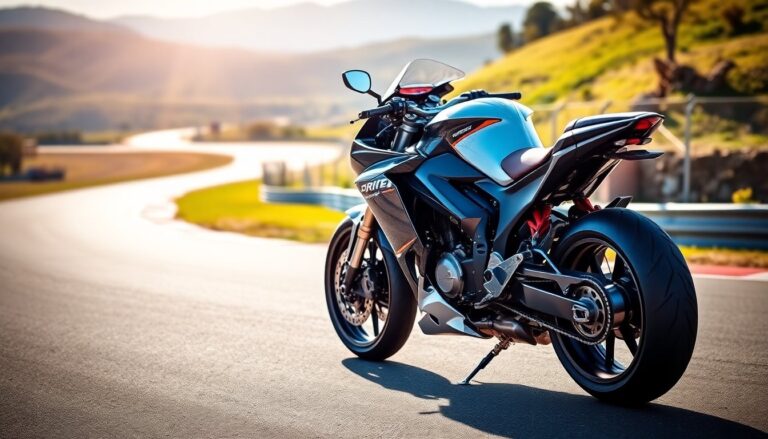Argomenti trattati
Superbikes represent the pinnacle of motorcycle engineering, combining cutting-edge technology, stunning design, and exhilarating performance. These machines are not solely about speed; they embody a lifestyle and a passion for high-octane thrills. With advancements in materials and engineering, superbikes have evolved into incredibly capable machines that can dominate both the racetrack and the open road.
The evolution of superbike technology
In discussions of superbikes, it is essential to acknowledge the constant evolution of motorcycle technology. The late 1970s and early 1980s marked the birth of modern superbikes, with models like the Kawasaki Z1 setting performance standards. Today, manufacturers such as Yamaha, Honda, and Ducati continually push the boundaries of what these machines can achieve.
Engine advancements
The heart of any superbike is its engine, typically a high-displacement inline-four or V-twin configuration. These engines are engineered to produce immense power while maintaining smooth operation. For instance, the Ducati Panigale V4 features a 1,103cc V4 engine that delivers an astounding 214 horsepower, illustrating the progress in engineering. Additionally, the integration of variable valve timing and advanced fuel injection systems enhances both performance and fuel efficiency.
Electronic enhancements
Modern superbikes are equipped with a range of electronic systems that enhance rider control and safety. Features like traction control, anti-lock braking systems (ABS), and ride modes allow riders to tailor their experience based on varying conditions. For example, if the weather becomes inclement, a rider can switch to a rain mode, which softens throttle response and limits power to ensure stable handling.
Performance and handling characteristics
The thrill of riding a superbike lies not only in its raw power but also in its handling characteristics. These machines are designed with aerodynamics and weight distribution in mind. The use of lightweight materials such as carbon fiber and aluminum helps to reduce overall weight, allowing for improved maneuverability and acceleration.
Suspension systems
Another critical aspect of superbike performance is the suspension system. High-performance bikes often feature adjustable suspension components that allow riders to customize their setup based on riding style or track conditions. Brands such as Öhlins and Showa provide advanced suspension systems with features like compression damping and rebound damping, significantly influencing handling and comfort.
Braking technology
In terms of stopping power, superbikes are equipped with cutting-edge braking technology. The use of radial-mounted calipers and oversized discs enhances braking performance, ensuring these powerful machines can stop as quickly as they accelerate. Moreover, many superbikes incorporate cornering ABS, a system that monitors lean angles and adjusts braking force accordingly, providing a safer and more controlled riding experience.
The culture surrounding superbikes
Owning and riding a superbike transcends the machine itself; it encompasses a rich culture that includes community events, track days, and racing competitions. The camaraderie among riders is palpable, often leading to friendships forged over shared experiences on the road or track.
Track days and racing
Many superbike enthusiasts participate in track days, where they can push their machines to their limits in a controlled environment. These events allow riders to experience the full potential of their bikes while honing their skills. Some riders elevate their engagement by competing in races, whether at a local level or on the world stage, such as in the World Superbike Championship.
Community and lifestyle
Beyond the technical aspects, the superbike community thrives on shared interests and a passion for speed. Clubs and online forums serve as platforms for knowledge exchange, riding tips, and advice on modifications. This sense of belonging creates an environment where enthusiasts can share their love for these remarkable machines.
In discussions of superbikes, it is essential to acknowledge the constant evolution of motorcycle technology. The late 1970s and early 1980s marked the birth of modern superbikes, with models like the Kawasaki Z1 setting performance standards. Today, manufacturers such as Yamaha, Honda, and Ducati continually push the boundaries of what these machines can achieve.0

